RSV stands for respiratory syncytial virus. It infects the human respiratory tract. The name of the virus comes from the specific way of virus reproduction in the cells of the respiratory system. The virus replicating causes the adjacent, infected epithelial cells to merge into large structures called syncytia.
The virus replicating causes the adjacent, infected epithelial cells to merge into large structures called syncytia.
The severity of symptoms varies significantly between young children and healthy adults.
In healthy adults, symptoms of RSV infection are usually quite limited, and the disease is mild. Most often, the symptoms of infection caused by the RSV resemble a common cold.
The symptoms of RSV infection include:
RSV often causes a cough that can be dry or wet. Profuse discharge may accompany it. The cough may be persistent and worsen, especially during sleep.
In RSV infection, the virus enters cells in the nasal cavity and paranasal sinuses. It causes inflammation, which is a defensive reaction from the immune system. Inflammation causes the nasal mucosa to produce more mucus and dilate the blood vessels in the nose. Rhinitis can manifest itself as:
Home remedies for rhinitis include:
Fever is a defensive reaction of the body to contact with a pathogen.
Regarding RSV, mild to moderate body temperature elevation is observed. Fever usually does not exceed 38 degrees Celsius.
RSV infection can lead to general weakness and fatigue. Infected people may have less energy and feel drowsy. Healthcare professionals recommend resting and excessive physical effort avoidance during the infection period.
RSV can cause muscle and joint pain as well as headaches.
During illness, immune system cells produce proteins that intensify the inflammation in the infected body. Unfortunately, cytokines affect the entire body, including muscles and joints. Consequently, discomfort and pain in different areas of the body may appear.
Breathing difficulties could be a sign of inflammation happening in the lower respiratory tract. If you notice this symptom in your child (movement of the wings of the nose during breathing, drawing in the intercostal spaces and the space above and below the clavicle, significantly accelerated breathing), consult a doctor immediately.
This symptom is also known as cyanosis. The reason is the lack of oxygen caused by the respiratory tract infection.
During a Respiratory Syncytial Virus infection, you may experience a loss of appetite.
Affected infants may experience feeding difficulties, which is a worrying symptom as it can lead to a lack of weight gain.
Sometimes, RSV affects the lower respiratory tract. Bronchiolitis may then develop. The bronchioles are tiny airways. They are in the form of small flaccid tubes. RSV most commonly causes bronchiolitis in children. The infection in the bronchioles usually leads to a reduction in their diameter. This obstructs airflow through them and quickly leads to shortness of breath.
In addition to the usual symptoms of RSV infection, symptoms of shortness of breath join in this case. During the most severe courses of the disease, periods of apnea accompany the described symptoms of shortness of breath, necessitating hospitalization for such children.
In extreme cases, pneumonia can lead to respiratory failure. This condition is a direct threat to health and requires urgent in-hospital treatment. For this reason, the occurrence of severe respiratory symptoms should never be ignored.
RSV spreads by droplets, which means that the infectious material is mucus from a sick person's respiratory tract and mouth, sprayed into the air as tiny droplets while sneezing or coughing. Then, the droplets meet the other person's mucous membrane in their nose or conjunctiva. It is worth remembering that you can also catch a virus by kissing.
The source of infection is a symptomatic person and an infected person without visible symptoms.

An infected person is contagious for about 3 to 8 days but can also be infectious two days before the onset of symptoms.
It is worth mentioning that the RSV virus can survive for several hours on the skin (e.g., hands) and on other contact surfaces, such as door handles, elevator buttons or telephones, and in the case of children, toys. In this case, touching the eyes or nose can also lead to the entry of the germ into the body.
That's why it's crucial to practice hygiene habits. Make sure to wash your hands regularly, mainly when infections are more frequent.
The RSV virus is highly contagious, which means that even a short interaction with an infected person can pass the virus to another person.
This results in the easy development of local epidemic outbreaks, for example, in nurseries, kindergartens, or hospital wards.
Experts estimate that one person with RSV will infect an additional three people![]() . In comparison, in the case of the flu (influenza virus), it is one person.
. In comparison, in the case of the flu (influenza virus), it is one person.
Doctors diagnose RSV infection based on symptoms, physical examination, and additional tests. The RSV tests include:
This is one of the most frequently performed tests in diagnosing RSV. It detects virus antigens in the material obtained by swab from the nose or nasopharynx. This test allows for a quick diagnosis of an infection in the acute phase.
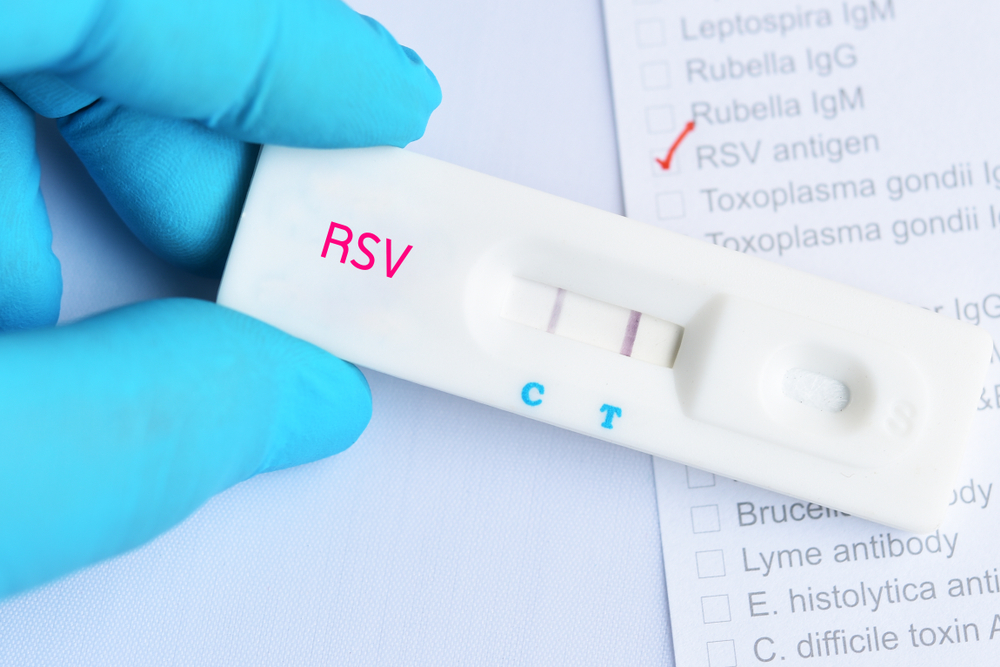
It is also possible to perform PCR analysis to find genetic material of the Respiratory Syncytial Virus. This test exhibits higher sensitivity and specificity; however, obtaining the result takes longer.
Another diagnostic method is the detection of RSV-specific IgG antibodies in the blood serum. Antibodies are proteins produced by our immune system. The body starts its production when it detects the presence of a virus.
Usually, the RSV infection should pass by itself in a week or two. There is no causal treatment for RSV infection. The treatment is based on relieving the symptoms.
Here are a few tips that might be helpful while dealing with RSV infection:
In severe cases![]() of RSV infection, a hospital stay might be required. During a hospital stay, the healthcare team treats RSV infection with oxygen therapy and intensified hydration. In some cases, doctors may administer medicine that dilates the airways. However, the decision to use this treatment depends on the specific situation of each case. Sometimes, it is necessary to put in a gastric tube if eating is complex and, in the case of critically ill patients, treatment in an intensive care unit.
of RSV infection, a hospital stay might be required. During a hospital stay, the healthcare team treats RSV infection with oxygen therapy and intensified hydration. In some cases, doctors may administer medicine that dilates the airways. However, the decision to use this treatment depends on the specific situation of each case. Sometimes, it is necessary to put in a gastric tube if eating is complex and, in the case of critically ill patients, treatment in an intensive care unit.
Due to the widespread RSV, during the period of increased morbidity, the risk of infection is higher in people staying in large groups.
A higher risk of a severe course of the disease occurs in:
53% of children![]() get an RSV infection before their first birthday. Another 33% get the infection before the age of 2.
get an RSV infection before their first birthday. Another 33% get the infection before the age of 2.
Bronchiolitis is the most frequently encountered RSV infection among infants and children up to 2 years old. Acute inflammation of the epithelium of the lower, small respiratory tract (bronchioles) causes the disease.
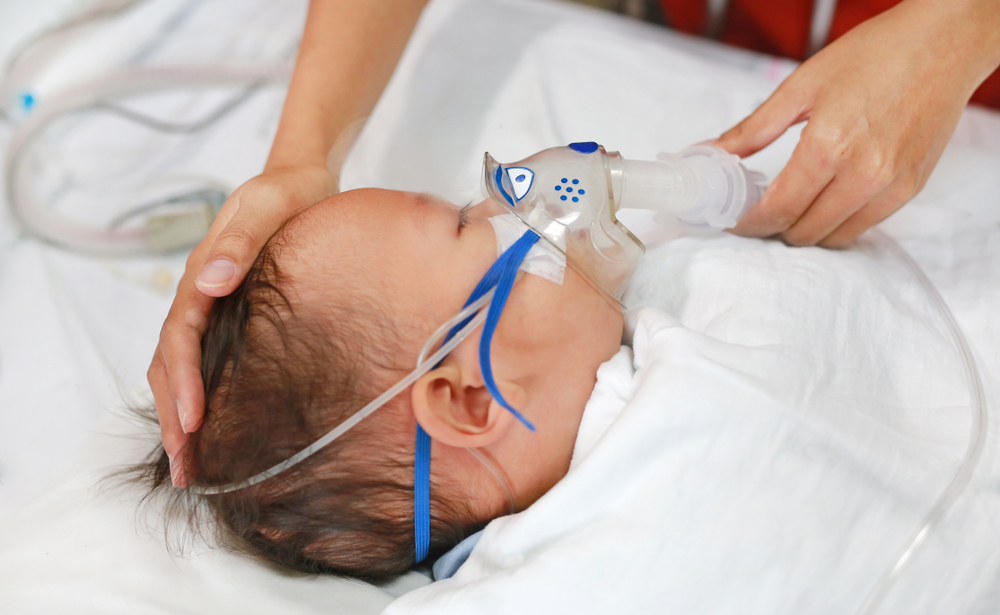
Alarm symptoms in children include:
If you notice any of the symptoms listed above, don't hesitate to reach a pediatrician. They will carefully consider whether it's advisable to continue the treatment at home or if hospitalization is warranted based on the unique circumstances and needs.
Among infants, premature infants![]() (born before 37 weeks of gestation) are even more vulnerable to severe infection.
(born before 37 weeks of gestation) are even more vulnerable to severe infection.
The respiratory system of these children is not fully developed, so they are more prone to infections.
In people over 60 years of age, the immune system weakens significantly. Seniors also often develop chronic diseases that weaken the body, such as diabetes, hypertension, and cardiovascular and kidney diseases. That is why older adults are more likely to develop severe forms of the disease after catching RSV.
Recently, the first vaccine![]() against RSV for people above 60 years of age was approved by FDA (U.S. Food and Drug Administration).
against RSV for people above 60 years of age was approved by FDA (U.S. Food and Drug Administration).
In children with a high risk of severe RSV infection (premature babies, children with coexisting diseases such as bronchopulmonary dysplasia, etc.), an antibody called Palvizumab![]() is used intramuscularly. It is administered once a month during RSV season.
is used intramuscularly. It is administered once a month during RSV season.
In general, infections might be prevented through proper hygiene habits and caution.
The rules that are worth following include:
Maintaining a healthy lifestyle also helps to prevent infections by boosting natural immunity. The leads that should be followed are:
Breastfeeding![]() is a natural way of infection prevention. Experts recommend a minimum of 6 months of natural breastfeeding. In addition, infants and young children must not be exposed to tobacco smoke because it contains harmful substances that reduce immunity when inhaled.
is a natural way of infection prevention. Experts recommend a minimum of 6 months of natural breastfeeding. In addition, infants and young children must not be exposed to tobacco smoke because it contains harmful substances that reduce immunity when inhaled.
Unfortunately, getting an RSV infection does not guarantee immunity to getting sick again.
Complications of RSV infection include:
If you experience breathing difficulties, become dehydrated, or your general condition suddenly deteriorates, you should contact a healthcare professional.
Also, the persistence of symptoms for more than two weeks should alert you and should be consulted with a doctor.
In children, you should take particular caution when dealing with RSV infection. Any signs suggestive of lower respiratory tract infection, such as shortness of breath, bluish skin color, or feeding difficulty, require immediate medical attention.
Table of Contents
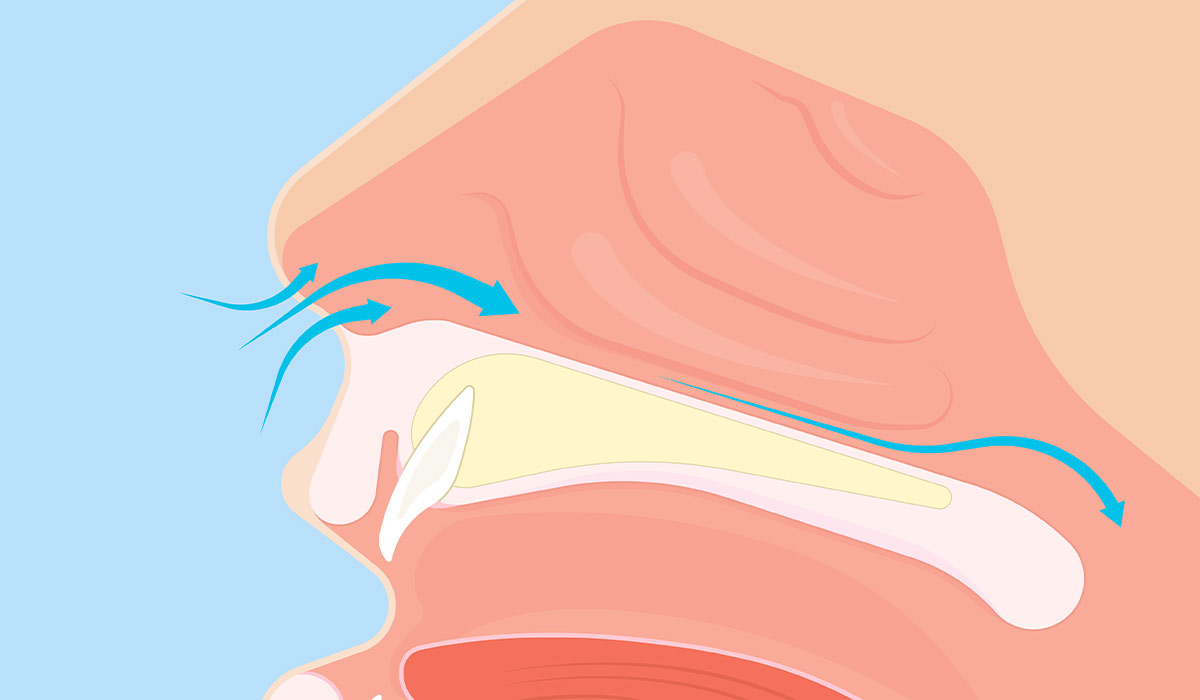
A deviated nasal septum causes many problems. What are the causes of this condition? What is the diagnosis and treatment… read more »
Post nasal drip refers to an accumulation of mucus in the back of the throat, which results in a cough,… read more »
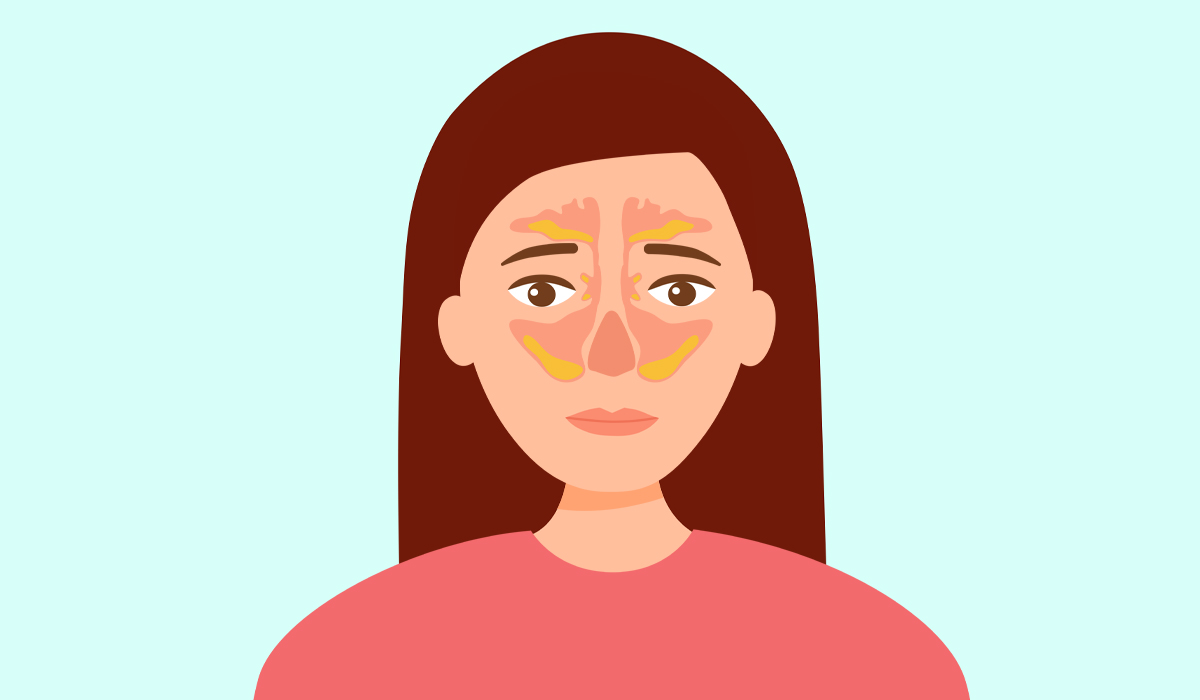
Sinusitis manifests with a recurrent runny nose, pain when moving the head, and a feeling of expansion in the forehead… read more »
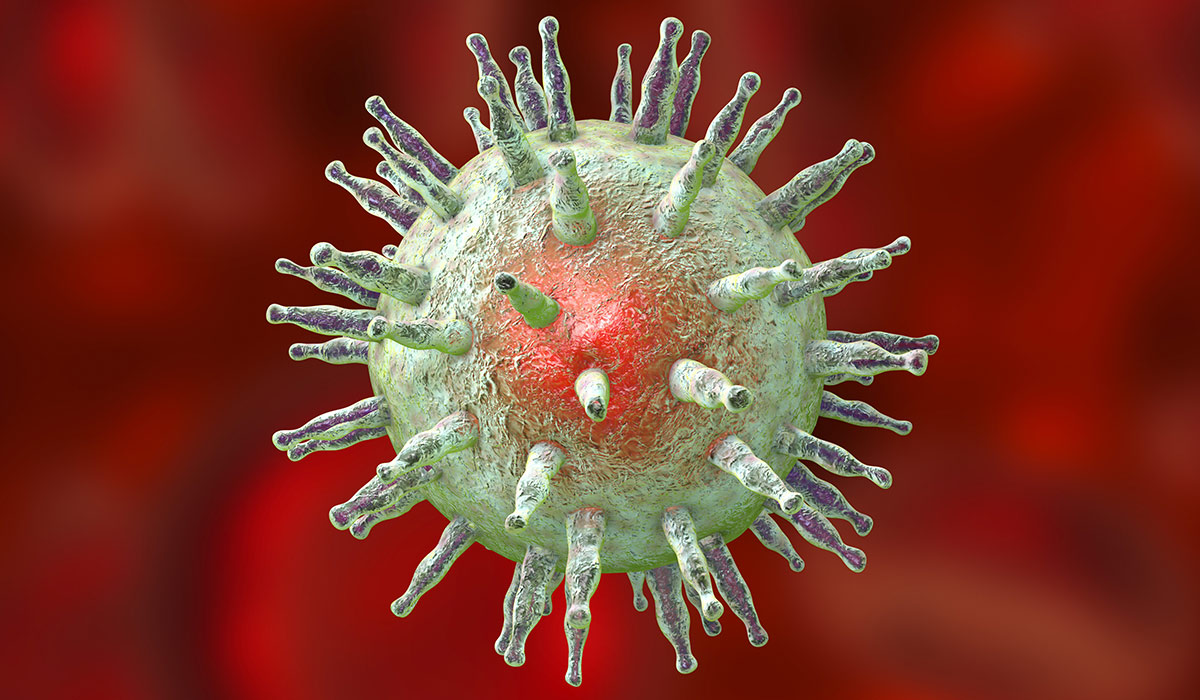
Epstein Barr Virus is a pathogen that causes infectious mononucleosis and many other diseases. Learn about the risks associated with… read more »
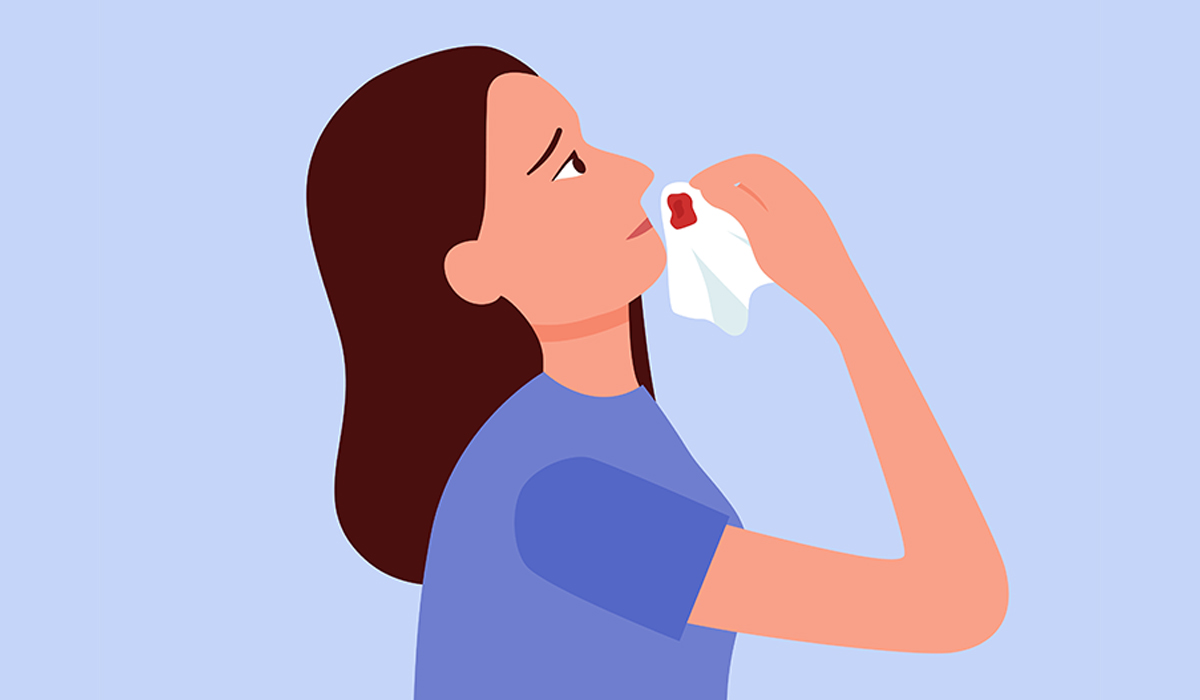
A nosebleed, which doctors call epistaxis, is when blood comes from inside the nose. This can happen for many reasons,… read more »

Bronchiolitis is a common lung infection in young children and infants. What are its causes and symptoms? What is the… read more »
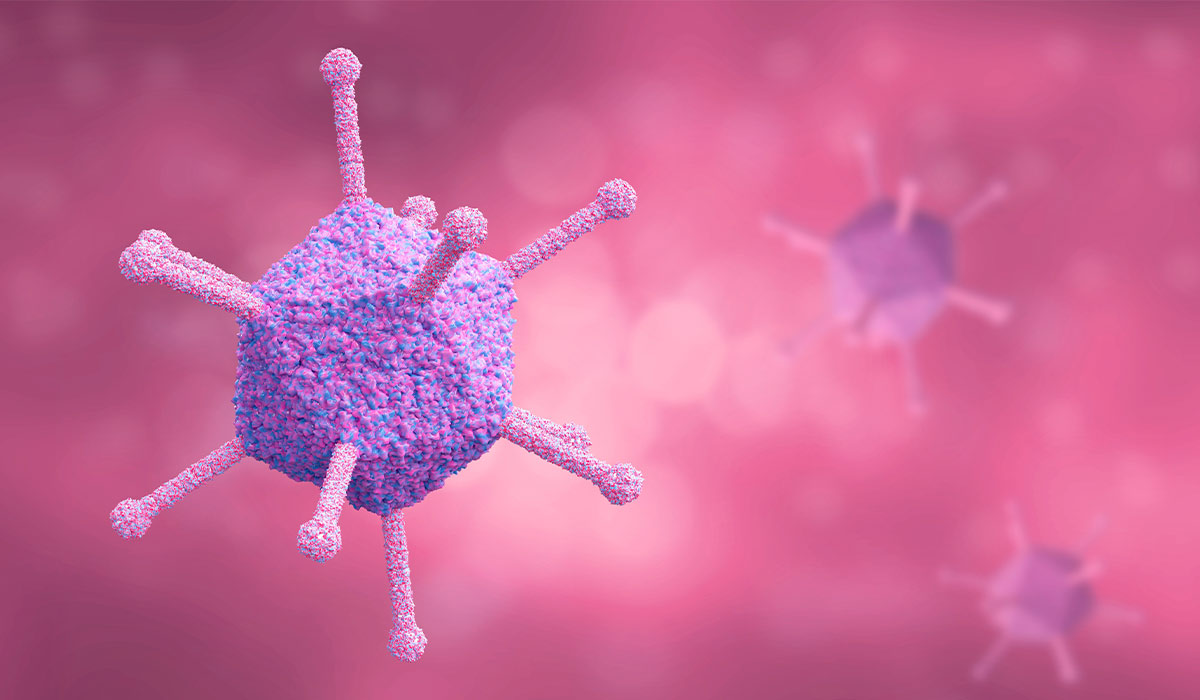
Croup is a common respiratory disease It is often seen in children under the age of 5 years. Learn about… read more »
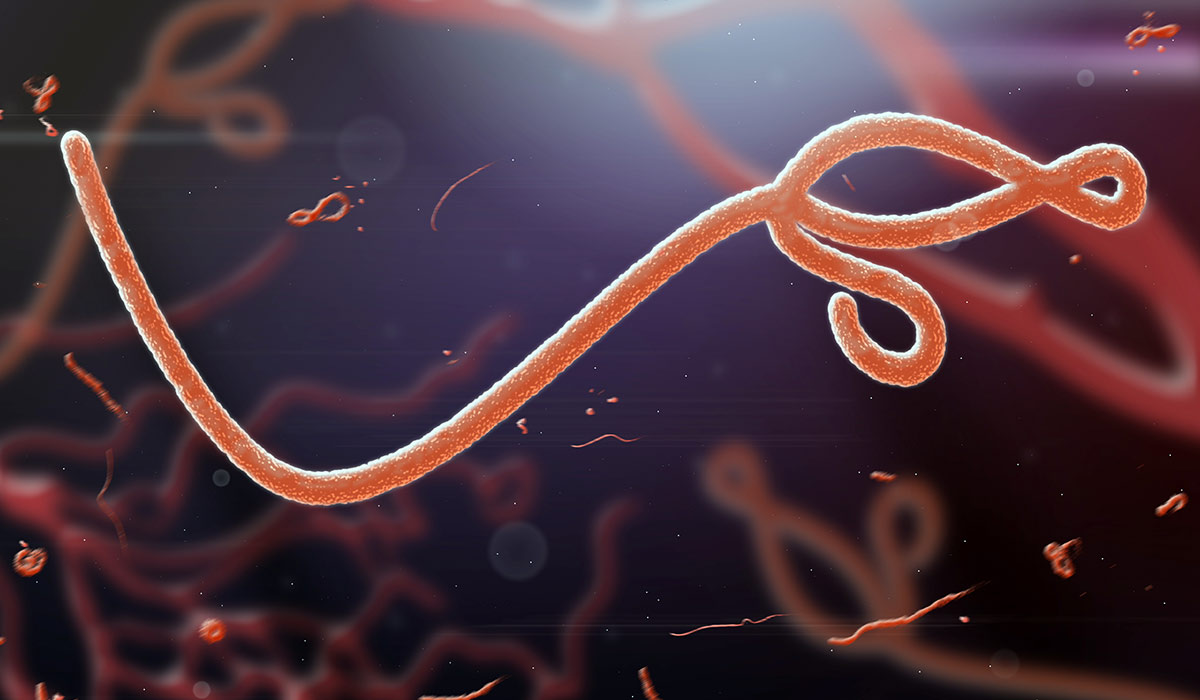
The Ebola virus continues to pose a threat to those living in Africa. Learn about the risks associated with Ebola… read more »

Herpes is a viral infectious disease that most often affects the lip area. Herpes virus infections are common. What does… read more »